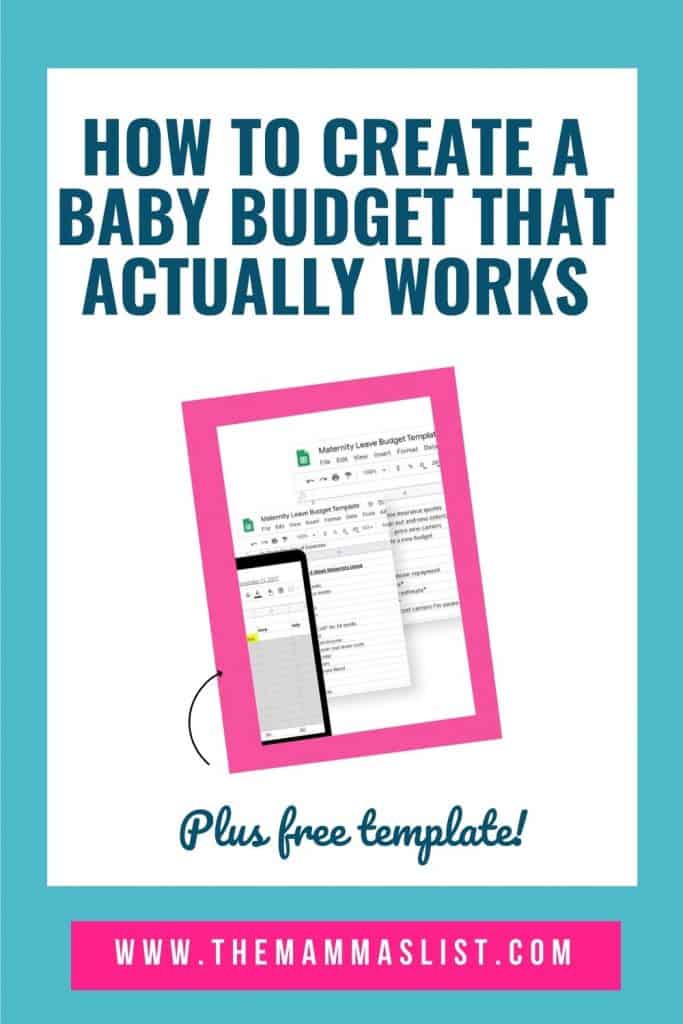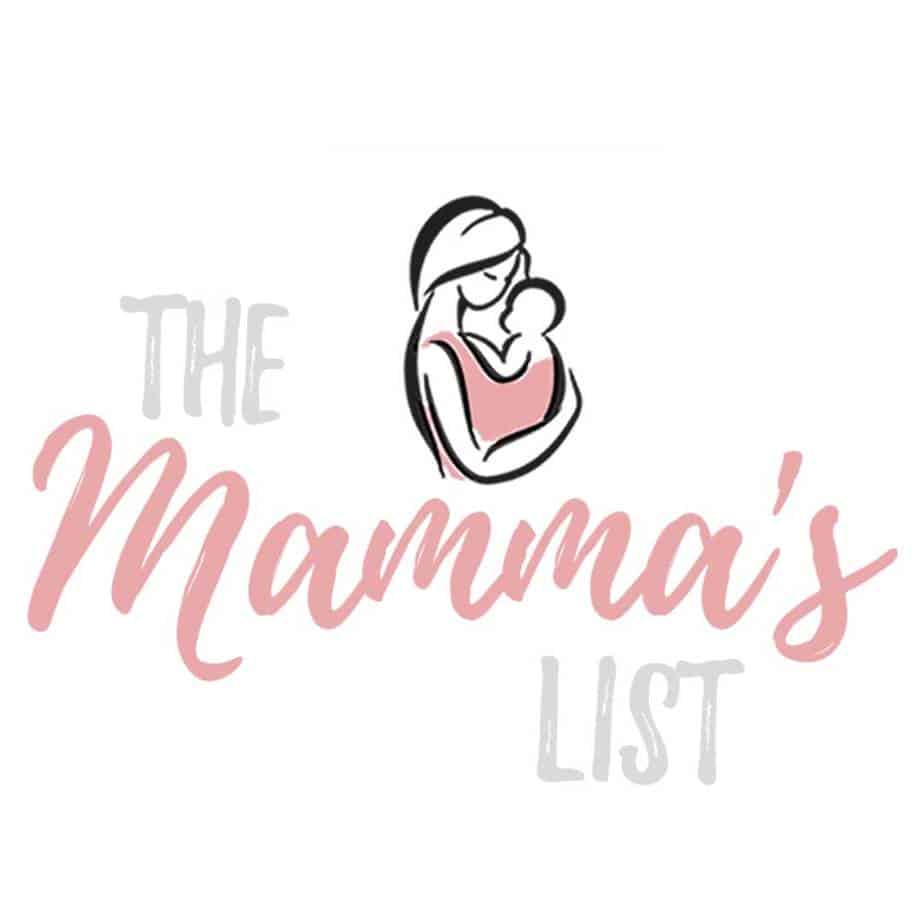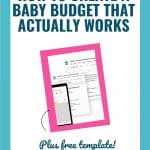How to Plan Finances for a Baby: Your Pre-Baby Budget Worksheet
How to Plan Finances for a Baby: Your Pre-Baby Budget Worksheet
Planning financially for a baby isn’t as scary as it seems
Becoming a parent is exciting — but it can also feel overwhelming, especially when you start thinking about the cost of raising a child. If you’re wondering how to plan finances for a baby or simply stressing over how to afford a baby, you’re in the right place.
I’m passionate about helping families protect their finances. Money stress can put a huge strain on relationships, and that tension only multiplies when you add a new baby into the mix. The good news? With a little pre-baby financial planning (and a baby budget worksheet), you can feel confident about covering your bills, preparing for maternity leave, and setting your family up for long-term success.
Why Pre-Baby Financial Planning Matters
Being a new parent is stressful enough without money worries on top. Your budget will absolutely shift once a baby arrives — but if you plan ahead, those changes don’t have to derail your financial goals. By setting up a pre-baby budget before your child is born, you can avoid financial surprises and focus on what really matters: bonding with your little one.
5 Steps to Plan Your Finances Before Baby Arrives
1. Ask Yourself the Hard Questions About Income
Start with your income. Some important questions:
- Do you plan to go back to work after your baby is born?
- If not, can your family survive on one income?
- Which discretionary expenses (like dining out or streaming services) can you cut?
These answers form the foundation of your financial plan and help you prepare for unpaid maternity leave if that applies to your situation.
2. Estimate Baby Expenses in a Spreadsheet
Childcare is often the biggest new cost for parents who return to work — sometimes as much as (or more than) a mortgage. Other expenses to budget for include:
- Diapers and wipes
- Formula or baby food (if needed)
- Baby clothes and gear
- Health-related costs like diaper rash cream or medicines
Not sure where to start? Build a simple spreadsheet (or grab my free baby budget worksheet) and add line items for each expense.
3. Revisit Your Budget and Adjust for Maternity Leave
Once you’ve added baby-related expenses, your budget will probably feel tight. That’s normal. Here’s how to balance it:
- Cut back on entertainment and dining out.
- Save on groceries by meal planning or shopping at budget-friendly stores.
- Reduce savings temporarily, then gradually increase them as your income grows.
- Explore new income streams (side hustles, career growth, freelance work).
This adjustment period is temporary — and the earlier you start practicing, the easier it’ll be when your baby arrives.
4. Don’t Forget Long-Term Expenses
It’s easy to focus on the here-and-now (diapers, daycare, maternity leave), but don’t lose sight of the bigger picture. Consider:
- Future costs like activities, classes, and birthday parties.
- Saving for college through a 529 plan.
- Continuing to invest in retirement.
Remember: you can take out a loan for college, but not for retirement. Protect your future while preparing for your child’s.
5. Start Living Your New Budget Before Baby Arrives
Make gradual changes now. If daycare will replace your dining-out budget, start cutting back today. This way, you’ll ease into your new lifestyle instead of being shocked once bills start rolling in.
For example, when we realized daycare plus student loan payments would crush our budget, we refinanced loans before baby arrived. That early planning saved us from financial stress later.
How to Afford a Baby During Unpaid Maternity Leave
One of the hardest parts of planning for a baby is covering expenses while your income drops. If you’ll face unpaid maternity leave, the best strategy is to start saving early. Even setting aside a few hundred dollars each month during pregnancy can cushion those months off work.
I created a maternity leave budget template you can customize with your own numbers — so you know exactly where you stand before the baby arrives. Drop me a comment or DM and I’ll send it to you!

Tools That Make Budgeting Easier
- Baby budget worksheet (grab my free template by dropping me a comment!)
- Recent pay stubs and monthly bills
- A budgeting app or tool (I use Quicken to categorize expenses in minutes)
- Research on baby costs and local childcare options
With these in hand, you’ll have a clear picture of how to afford a baby without losing financial stability.
Final Thoughts: Planning Finances for Baby = Less Stress, More Joy
Preparing for a new baby is one of the most exciting — and financially challenging — times of your life. But with a solid plan, a realistic budget, and open conversations with your partner, you’ll be ready.
Drop me a comment and I’ll send you a link to download your baby budget worksheet, start making small changes now, and watch how much easier it feels to welcome your little one into a financially prepared home.

Still Have Questions? Here Are a Few More Frequently Asked Questions About Planning Finances for a Baby:
How much should I save before having a baby?
There’s no one-size-fits-all number, but many experts recommend saving at least 3–6 months of expenses before baby arrives. This gives you a cushion for unpaid maternity leave, unexpected medical bills, or baby-related costs.
How do I plan finances for a baby if I’m living paycheck to paycheck?
If your budget already feels tight, start small. Look for ways to trim non-essential spending (like dining out or subscriptions), build an emergency fund little by little, and explore side hustles or extra income. Even a few hundred dollars saved before baby arrives can make a big difference.
What are the biggest expenses to plan for with a new baby?
The largest costs typically include childcare, healthcare, and baby gear (like a crib, stroller, or car seat). Ongoing expenses like diapers, formula, and clothing also add up quickly — so it’s best to list these out in a baby budget worksheet ahead of time.
How can I afford a baby during unpaid maternity leave?
The easiest way is to start saving during pregnancy. If possible, set aside money each month to replace your paycheck while you’re off. You can also adjust your budget early (cutting back on dining out or entertainment) so that by the time baby arrives, you’re already used to your “new normal.”
Is it better to save for college or focus on baby expenses now?
Both are important, but you don’t need to choose one or the other. Even small contributions to a 529 college savings plan can grow significantly over time. At the same time, be sure you’re not neglecting your retirement savings — remember, you can borrow for college, but not for retirement.
Suggested External Resources
- Childcare Costs Calculator – Care.com Cost of Care Calculator
- Average Costs of Raising a Child – U.S. Department of Agriculture Report on Child Costs
- College Savings (529 Plans) – Savingforcollege.com or SEC.gov 529 Plan Info
- Budgeting Help – Consumer.gov: Making a Budget








